The next best thing to Kyoto
This ‘Goldilocks’ city on the Sea of Japan coast isn’t too big or too small – it’s just right.
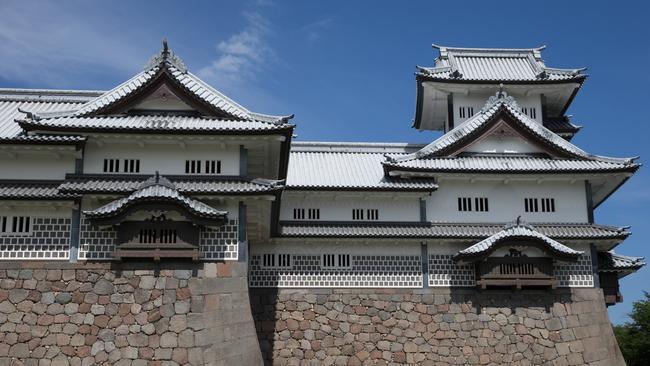
Dubbed “Little Kyoto” for its refined craft culture and Edo-era teahouse districts untouched by war or natural disaster, Kanazawa has something Kyoto can only dream of – fewer crowds. Once the stronghold of the powerful Maeda clan, which ruled the Kaga region and patronised Kanazawa’s art and culture, this “Goldilocks” city on the Sea of Japan coast isn’t too big or too small – it’s just right. Its myriad attractions, which include a world-famous garden, castle and original samurai houses, are packed into an area that is eminently walkable (or rent a Machi-nori e-bike or hail a cheap taxi), making it an appealing two-night swerve off the well-worn Golden Route from Tokyo to Kyoto.
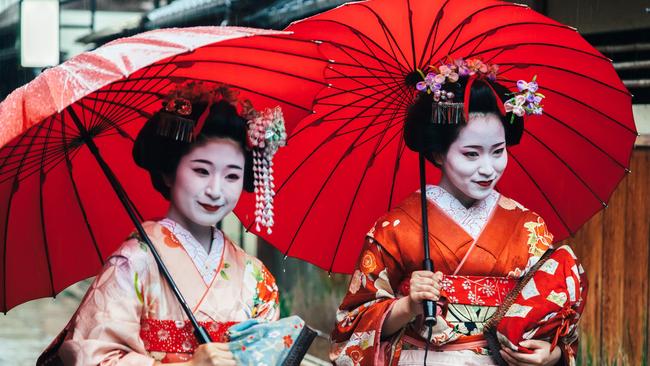
Art and culture
Like Kyoto, Kanazawa has an enduring geisha culture, with 36 working in its three teahouse (chaya) districts. The largest and liveliest is Higashi Chaya, which is replete with charming Edo-era buildings housing cafes, kimono rental shops, galleries and artisan studios selling the crafts that Kanazawa is known for, such as Kaga yuzen hand-painted silk, Kutani-yaki porcelain, lacquerware and kinpaku (gold leaf). Kanazawa produces 99 per cent of Japan’s gold leaf and visitors can try using it to decorate a bowl or chopsticks at various workshops. One is the century-old Sakuda Honten, which has a gold bathroom that is as Instagrammed as Kanazawa’s ubiquitous soft-serve ice-cream wrapped in edible gold leaf. Two working teahouses, Ochaya Shima and Michelin-one-star Kaikaro, are open to the public by day, but evenings are a more exclusive affair. To join a geisha party, keep an eye on the Instagram feed of Kaikaro’s landlady, Lady Baba, or contact local travel firm Wondertrunk & Co, which can arrange private dinners. The picturesque path along the nearby Asano River has Kyoto-esque views of the historic teahouses of Kazue-machi, a quieter geisha district on the south side. Near Kazue-machi, the elegant Ohi Museum is filled with handmade tea bowls and tea ceremony tools created by 11 generations of master potters. Its Kengo Kuma-designed gallery cafe serves matcha in valuable Ohi bowls.
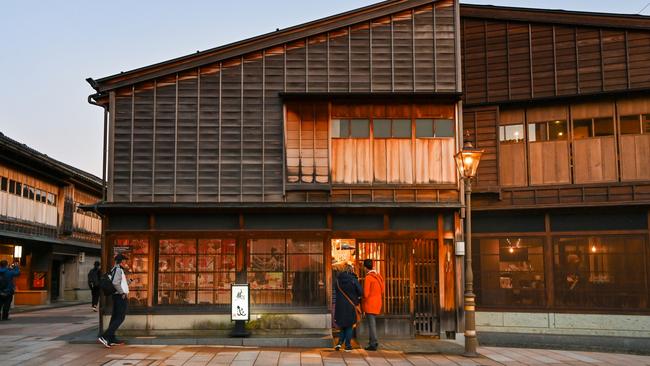
But for the finest samurai residences head to Nagamichi, a village of immaculately preserved cobbled streets, earthen walls and the former homes of mid-ranking samurai. It’s an incredible place to wander and some restored properties are open for a look, with the finest being Nomura House, with its decorated screens and intricate woodwork, armour and garden. It’s extremely popular, so visit in the middle of the day when the tour groups have trooped off for lunch. For modern art lovers, the brilliant 21st Century Museum of Contemporary Art is an artwork in its own right; its circular glass structure houses works by Anish Kapoor, Olafur Eliasson, James Turrell and more. A dip into Leandro Erlich’s optical illusion The Swimming Pool, in one of its courtyards, is essential. Being a Little Kyoto, Kanazawa has its own splendid temples and shrines, among them Oyama Jinja, famous for its 25m-high gate combining Japanese, Chinese and European design, and Kanazawa Jinja, with its tunnel of 101 vermilion torii gates.
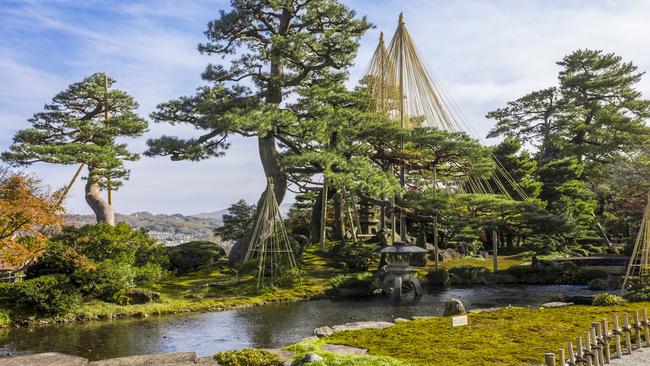
Gardens
Kanazawa is synonymous with Kenroku-en, one of Japan’s most famous strolling gardens, established in 1620. Its name refers to the six essential elements of the perfect garden – space, seclusion, artifice, water, antiquity and splendid views. Its streams are awash with spectacular purple water irises in May, but any season is the right time to visit, with cherry blossom in spring, summer flowers and red autumn maples. In winter, the night-time illuminations of the umbrella-like yukitsuri ropes that support the pines in heavy snow are magical. Close to the northwest side is the largely reconstructed yet impressive Kanazawa Castle; view it from upstairs in Horaido Cafe, beside Katsurazaka Gate, over a cup of Kanazawa Kaga-boucha (roasted twig) tea. Gyokusen-en, a hidden gem of a garden that once belonged to a high-ranking retainer to the Kaga lords, is also nearby. Its teahouse, the oldest in Kanazawa, is a perfect spot to try the traditional ceremony (booking required).
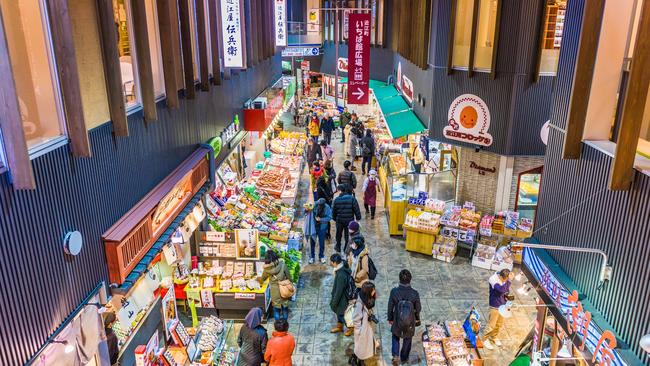
Dining
The deep, cold waters of the nearby Sea of Japan make Kanazawa a hotspot for seafood; its winter snow crab, sea urchin and Nodo-guro (black throat sea perch) are highly prized. Kaisen-don (seafood rice bowl) is a Kanazawa classic and Tile Japan boasts the city’s most elegant version, served in cut-glass dishes in a 100-year-old machiya (townhouse). A more humble version is a must-try at Omicho Market, the city’s bustling larder (go early). In the basement, Champion Curry is one of two local chains making Kanazawa’s excellent version of katsu curry. Oden (soup) is another speciality; a delicate concoction with the likes of snow crab and kuruma-fu (wheat-gluten bread), simmered in dashi with sweet soy sauce. For the best, nab a seat at old-school oden spot Kikuichi. This, and Crafteat, which serves memorable modern kaiseki on Wajima-nuri lacquerware, are in the Katamachi neighbourhood, where alleyways are stuffed with tiny bars. For something truly different, visit “Kanazawa umami stock” restaurant Barrier, which serves seasonal fare, such as rock oysters and tuna, drenched in rich dashi, in a highly stylised dining room.
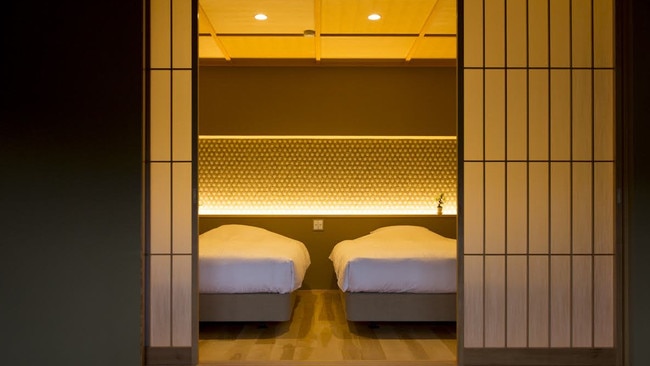
Accommodation
With fragrant tatami floors and futon, Asadaya, a historic ryokan near Omicho Market that dates from 1659, oozes atmosphere and authenticity. It has the feel of a private home, with just three rooms, including one with its own courtyard garden, but its secret is the one-Michelin-star kaiseki cuisine – only available to overnight guests; from ¥83,490 ($830) a night, twin-share, with breakfast. In the heart of Higashi Chaya, Maki no Oto is a contemporary ryokan with spacious rooms within an old and new machiya; from ¥54,000 a night, twin-share, with breakfast.
Superbly located beside the main station, Hyatt Centric has some of the city’s largest guestrooms. Characterful and contemporary, it is stuffed with works and handicrafts by local artisans; from ¥26,250 a night, twin-share, with breakfast. For families and groups, Machiya Residence Inn Kanazawa offers exclusive-use, self-catering stays in 16 renovated machiya citywide; from ¥23,300 a night, twin-share, with breakfast.
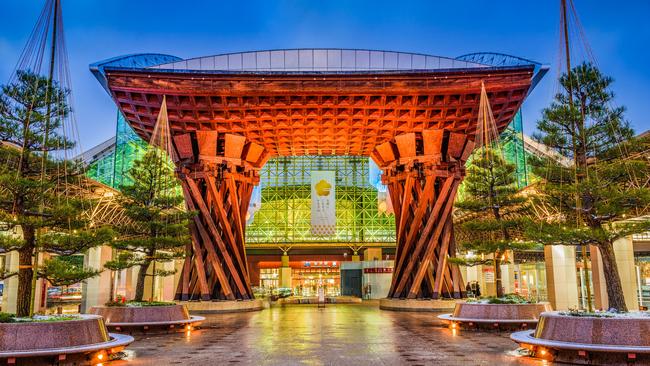
How to get there
Kanazawa is two hours and 30 minutes from Tokyo by Hokuriku Shinkansen. This line’s extension launched in March from Kanazawa to Fukui and Tsuruga, easing access to the coast south of the city. For onwards travel to Kyoto, take the Hokuriku Shinkansen to Tsuruga and change to the “Thunderbird” (1hr 45 minutes).
If you love to travel, sign up to our free weekly Travel + Luxury newsletter here.


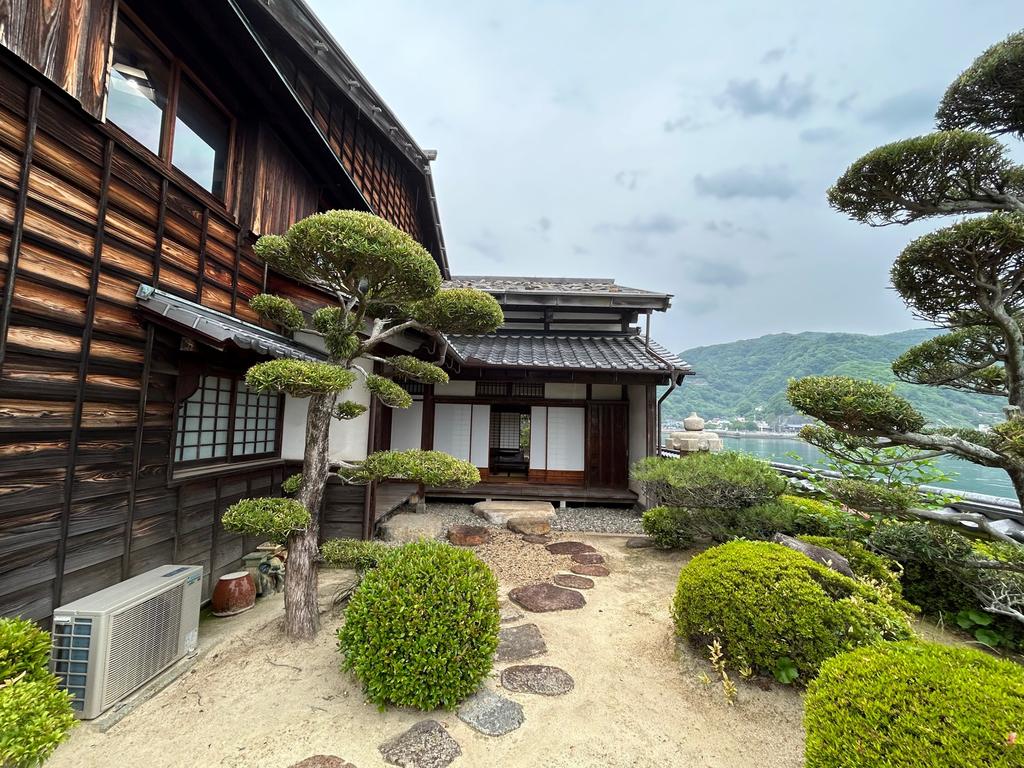
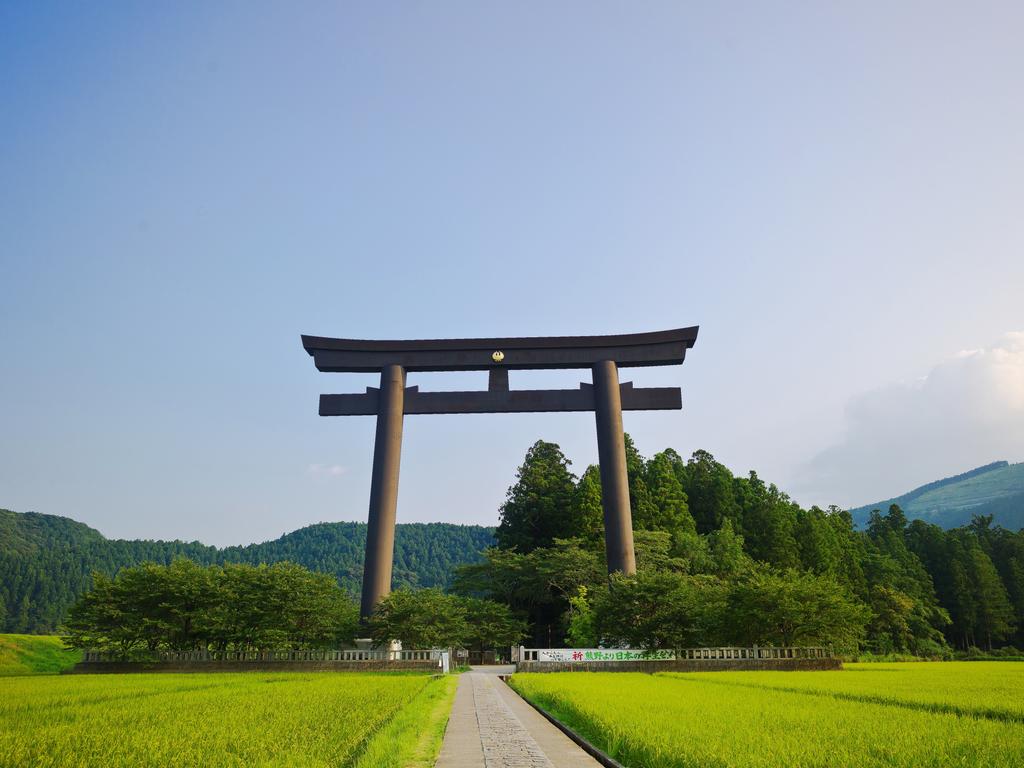
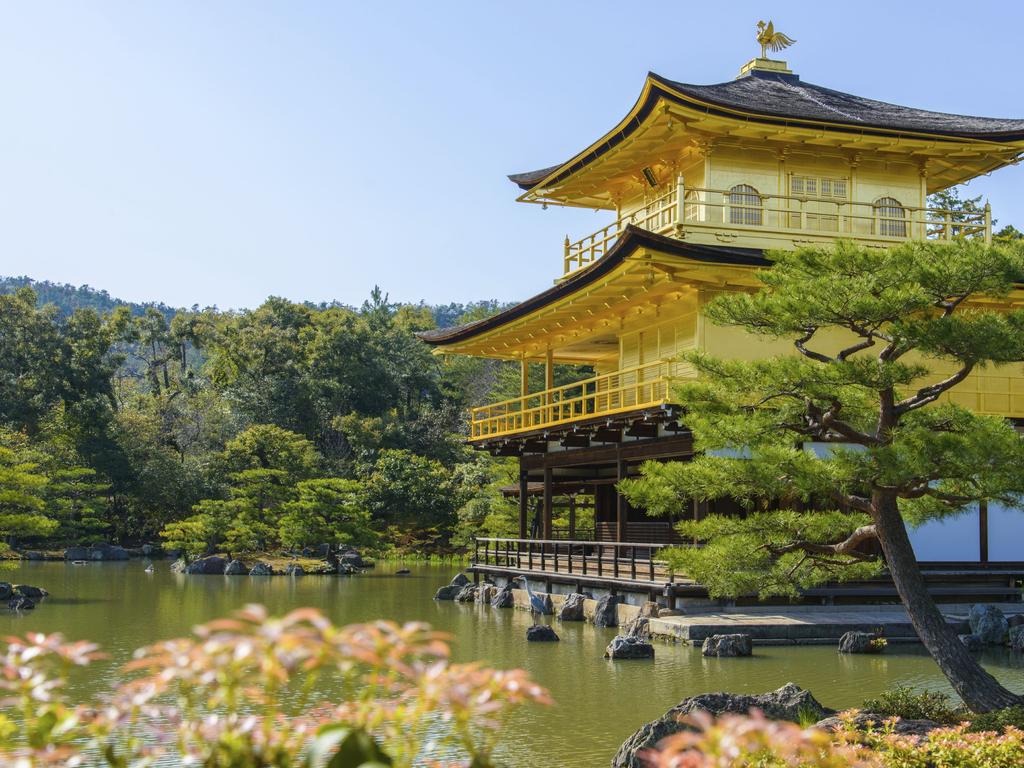
To join the conversation, please log in. Don't have an account? Register
Join the conversation, you are commenting as Logout